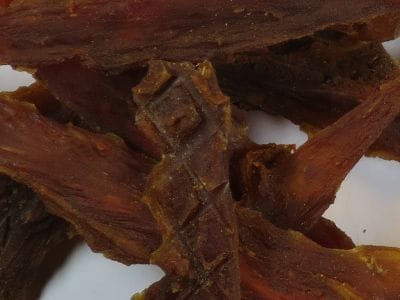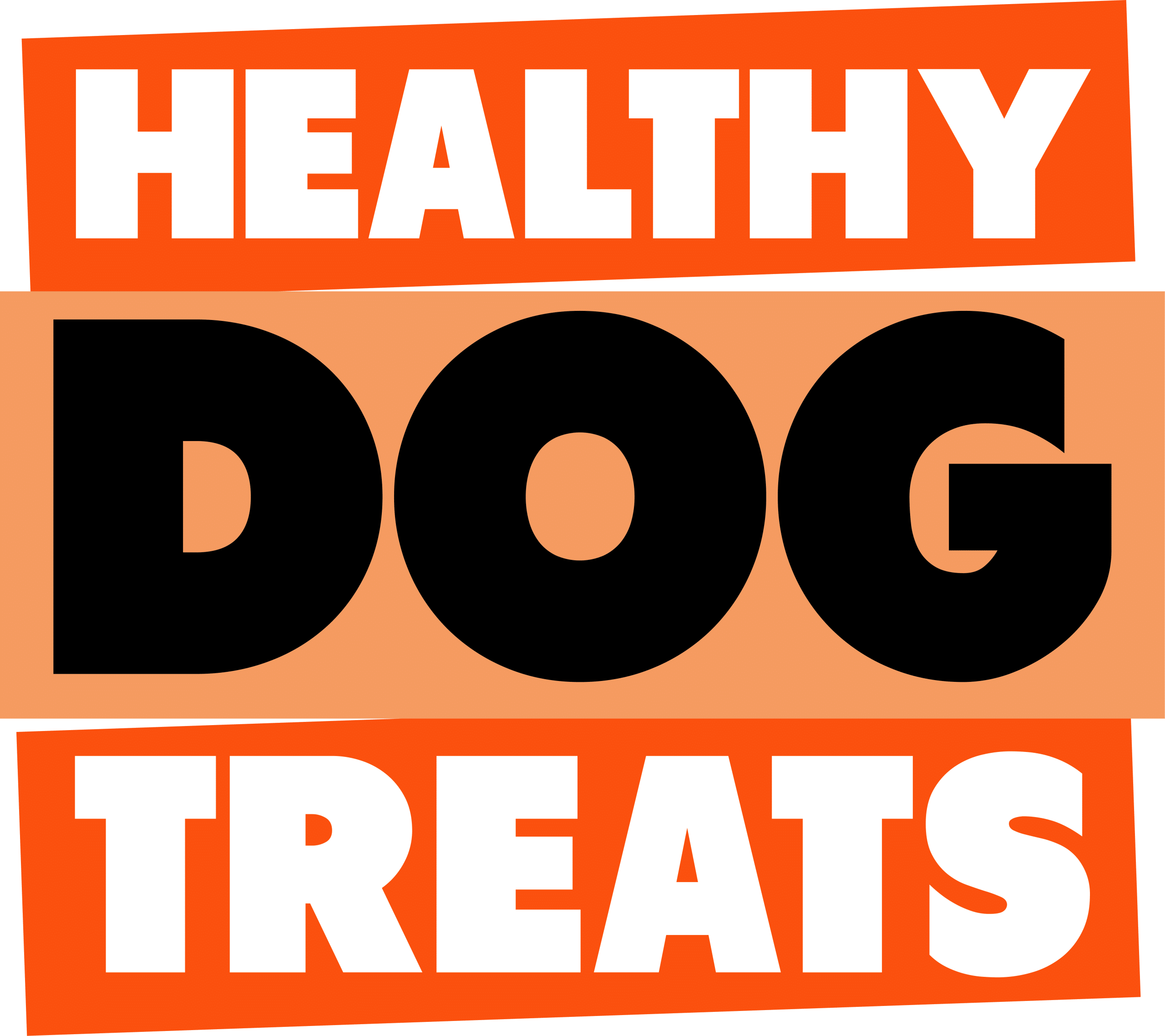Why freeze dried dog food Australia isn’t as good as slow oven dried methods?


ABOUT FREEZE DRIED dog food Australia
The review article says that “freeze dried treats are favoured by our experts because they’re the most minimally processed option.”
BUT – Did you know that there is a ‘Goldilocks zone ‘ for the range of temperatures that meat should be processed and another one for it to be handled and stored? And most articles are about cooking temperature (not freezing) for good reason.
We and many nutritionalists have concerns about how commercial dog food is made because typically it is shredded combined massively heated then extruded into pellets. The high heat process makes cooking fast and economical but destroys many of the enzymes and nutrition of the meat component of the food. It is done for convenience – speed and cost – NOT nutritional value.
At the opposite end of this is freeze drying. YES, when done correctly it can reduce the damage to the proteins and meat enzymes, however one of the main reasons that vets and dog food companies give for the big heat process of mass manufactured grain dog food, is that it kills many of the bacteria that can make humans and dogs sick. As you will see later, freeze drying often doesn’t kill all harmful bacteria it slows their population growth down, temporarily.
Dogs generally have a much better constitution when dealing with many of the bacteria that harm humans, but not every dog is healthy or mid aged to begin with. Freezing meat in regular dometics freezers only puts the dangerous bacteria into hibernation, it doesn’t kill them, but it limits the population growth. I am a raw feeder and my dog mostly gets raw beef that is frozen then defrosted but this is human grade beef from a butcher, not off cuts or meat ‘meal’. And while freeze drying is at a much lower temperature, it isnt for as long, and it doesnt kill all bacteria either.
If you don’t feed your dog a raw diet because you are concerned about such issues, then you may should probably not be a fan of freeze dried dog treats either.
This is why relatively lower oven temperature drying of meat (lower than commercial dog food extreme cooking temperatures) is often a preferred cooking method to preserve meat proteins and enzymes, while killing the most harmful bacteria. This is typically how most of our dog treats are manufactured. Below are the reasons for this statement:
Treatment of raw meat for safety – best temperatures
Firstly, many raw meats can have harmful bacteria in them. Poultry meat is particularly susceptible to salmonella bacteria infection.
The usual human cooking process is to buy meat at a butcher or supermarket. Which is kept on display often around 4-10 Degree Celsius. It is taken home (often not in ideal temp conditions), then frozen until needed for cooking. The meat is then defrosted (if not defrosted fully or left on a counter for too long at room temperature the bacteria multiplies out of control) – then is cooked at various temperatures and various times. If you are lucky, you cook all of the meat at high enough temps for long enough and all bad bacteria are killed.
This is what happens when you freeze meat in a domestic (home) freezer:
“Bacteria will freeze along with the food they are on when they are stuck into a freezer. The pathogenic bacteria on foods that cause human disease are primarily mesophiles or organisms that grow best at around 37 degrees Celsius. In a freezer at minus 20 degrees Celsius, their bacterial enzymes cannot function because the water inside the cell has frozen, so they cannot grow. It has been reported that if you put a raw chicken into your freezer (considered a slow freeze), you may reduce the number of bacteria by approximately 90%. This is primarily due to the formation of ice crystals in the bacterial cytoplasm which then ruptures the bacterial cell wall and kills the cell, reducing the number of viable bacteria. In many food processing plants, food is flash frozen in a way that fewer ice crystals form in the food so more bacteria survive as well (up to 70 percent survive as opposed to 10 percent). REF 1
The point here is that 10% survival of harmful bacteria can quickly multiply between defrosting and cooking. Abd freeze-drying methods don’t usually involve cooking meats afterward.
Freeze drying meat for dog treats theory
Here is the theory behind freeze drying dog treats instead of just freezing them: ” Freeze Drying is a water removal process typically used to preserve perishable materials, to extend shelf life or make the material more convenient for transport. Freeze-drying works by freezing the material, then reducing the pressure and adding heat to allow the frozen water in the material to sublimate.” REF 2
There are many techniques to freeze dry: “Freezing can be done in a freezer, a chilled bath (shell freezer) or on a shelf in the freeze dryer.” The ‘sublimation’ means on thawing no melting occurs and physical form is preserved .. Note we are talking about physical characteristics and not protein or enzyme health.
The fda guide for safe handling of food has a section 4.3.2.2 “Use of Freezing as a Time -Temperature Process Control.” It says that refrigeration controls growth of bacteria (usually) but at all costs food must be kept out of the danger zone 5 to 57 C where it can flourish. Foods are microbiologically stable when held at temperatures below 17.6 o F ( – 8 degrees C)
Freeze drying processes usually work between minus 30 and 70 degree C which is the reason that “Weidmann also wasn’t surprised to hear that frozen food could harbor E. coli. …The easiest way (to kill most dangerous food bacteria) is to freeze it at minus 80 degrees C.” So, many freeze drying methods dont go low enough or long enough to completely kill most harmful bacteria …
So the issue is that freeze drying does remove the water but is VERY unlikely to KILL all dangerous bacteria present in the meat. It means that the product does not have to be cooked, but it is never as safe as cooking meat. The reason being that ” Bacteria are killed by reaching temperatures of 165F (74 deg C), even muti-drug resistant bacteria (are killed).” REF 1
What temperature is dog food extruded at?
Some articles suggest that extreme processing temperatures are used to control bacteria, and the media frenzy in America definitely whips the public into a frenzy over this. Some articles talk about “extrusion temperature as a critical control point in petfood processing.” REF 5 Noting that extrusion is the major thermal process used in 95 percent of all petfood production.
They quote that the extreme temperatures of extrusion are necessary because of ¨variations in potential for decontamination among various extruders. Necessary revalidation of conditions include presence of new pathogens, extreme contamination levels, severe recipe changes, process parameters outside of the critical control limits, and changes in storage or packaging” REF 5
A critical eye might consider this as code for, those manufacturers can’t control their input variables (often bacteria starting in imported grains or off meat), can’t control the transportation (a long distance to travel from America to Australia), and owners often leave dog food bags open outside their house in warm temperatures.
A report by mercola says that ” According to the Animal Nutrition Group at Wageningen University in the Netherlands, studies show drying pet food at 160°C (320°F) to 180°C (356°F) can significantly reduce its nutritional value. In the smaller size kibble used in the study (4 mm or about .16 inch), a drying temperature of 200°C (392°F) lowered concentrations of the following amino acids: Proline, Total lysine, Reactive lysine (lysine that has remained unchanged during processing). The drying temp of 200°C also decreased concentrations of linolenic (omega-3) and linoleic (omega-6) fatty acids, and increased the concentration of oleic acid (omega-9 monounsaturated)” REF 6
CONCLUSION
We always recommend our healthy dog treats are stored in pantry conditions, and afforded the same level of care that you give to your human food.
Freezing meats and even freeze drying methods often do not kill all bacteria – they are just made dormant. Upon return to environmental temperature levels, these bacteria can grow logarithmically (to dangerous levels).
The extreme heats of 95% of dog food extrusion processes (to make pellets) are often around 180 deg C plus. This high temperature often damages essential amino acids (protein components), Omega 3 and 6 and enzymes that support a dog’s nutrition and digestion systems.
Our treats have quality meat inputs (not waste products like some dog foods). They are slow oven cooked at levels well above that required to kill dangerous food bacteria, but well below temperatures that affect their nutritional value.
Many drying and cooking methods seem to be about speed of process, and end up either not killing the bacteria OR killing much of the nutritional value of the meat dog treats. Its often about profit motives of large multi nationals rather than preparing treats the safest and best way possible for dog health.
This is another reason why using healthy meat based dog treats as a nutritional supplement (even if you are told that there is sufficient meat protein in regular dog food), is an important and obviously fun part of your dog’s daily life.
Reference
REF 1 http://microblogology.com/is-there-still-viable-living-bacteria-on-a-frozen-chicken/
REF 2 http://www.millrocktech.com/lyosight/lyobrary/what-is-freeze-drying/
REF 3 Hazard Analysis and Risk-Based Preventive Controls for Human Food: Draft Guidance for Industry fda.gov
REF 4 Freezing Food Doesn’t Kill E. Coli And Other Germs www.npr.org/sections/thesalt/2013/04/04/176242166/freezing-food-doesnt-kill-e-coli-and-other-germs
REF 5 http://www.petfoodindustry.com/articles/3890-research-looks-at-extrusion-temperature-in-petfood-processing
REF 6 https://healthypets.mercola.com/sites/healthypets/archive/2011/05/19/the-mainstream-pet-communitys-new-take-on-cat-and-dog-foods.aspx


